Apple is reportedly considering "Full Active" LCDs by Japan Display for use in some of next year's iPhones, perhaps supporting views it will make a slow transition to OLED.
The company has "expressed interest" in buying Full Active panels, according to sources for the Wall Street Journal. The technology is marketed as matching or beating aspects of OLED at a lower cost, which could be critical in keeping Apple profits high and/or end prices down.
Full Active panels are flexible, with bezels as small as 0.5 millimeters, about half that of OLED. Flexibility is typically considered one of the core advantages of OLED, along with extreme constrast and lower power consumption, since pixels can selectively illuminate.
Full Active LCDs are already being used in some smartphones, such as Xiaomi's Mi Mix 2, which sports an edge-to-edge screen like the OLED-based iPhone X and Samsung Galaxy Note 8.
The main obstacle to Apple's adoption of OLED is production capacity. The iPhone X is expected to depend entirely on Samsung-made OLED panels, since other suppliers can't yet manufacture on the scale Apple requires. More suppliers and capacity would push parts costs down, making it possible to use OLED on phones below the iPhone X's $999 pricetag.
Rumors have hinted that Apple could produce a 6-inch-plus LCD iPhone in 2018, which might ship alongside 5.85- and/or 6.46-inch OLED hardware. Cross-lineup use of OLED may have to wait until 2019, when LG should be ready to meet Apple demand.
 Roger Fingas
Roger Fingas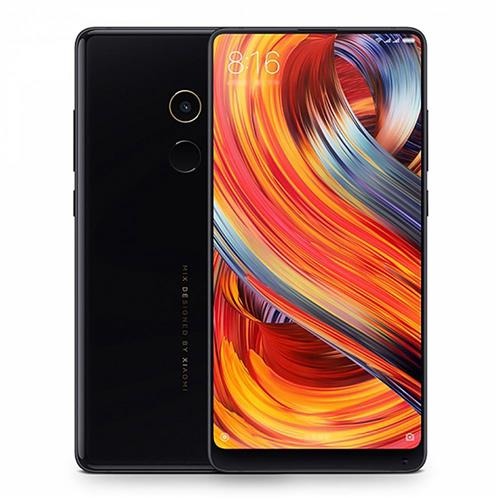


 Malcolm Owen
Malcolm Owen
 Marko Zivkovic
Marko Zivkovic

 Chip Loder
Chip Loder
 Christine McKee
Christine McKee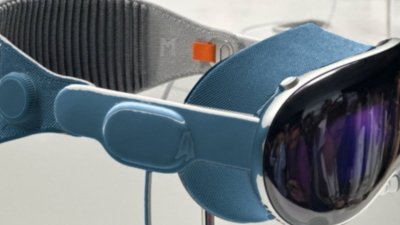
 William Gallagher
William Gallagher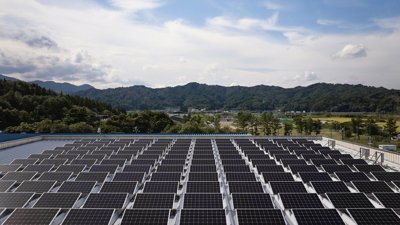
 Amber Neely
Amber Neely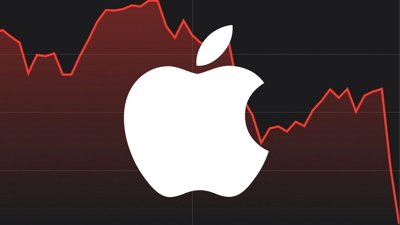

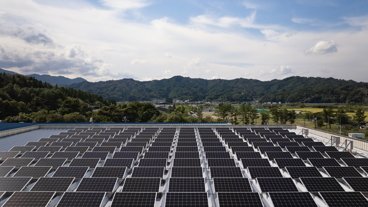

-m.jpg)






32 Comments
Too soon to talk about next year's iPhone. But if Apple is close to making under screen touch id working than with full active LCD for iPhone 8s is a good candidate for edge to edge screen like iPhone X. This provides Apple two parallel iPhone series with spreading features and price. Same time gives customers choice and affordability benefit.
How do they compare in contrast ratio and other specifications to OLED?
Good. I've always thought that OLED was an over fetished technology.
It’s a shame that Samsung is the only manufacturer of high quality OLED panels for smartphones and tablets that can make them in large numbers. But it makes sense. There is no other Android OEM that sells flagship phones in the tens of millions each year. And the only other Android OEM that also makes OLEDs, LG, makes them for large screen TVs. And strangely enough, they are the only manufacturer of those large panels. They do cut small panels for their own flagship phones, but they aren’t very good, apparently.
since Apple has a bunch of their own OLED patents, I’m REALLY curious how these Samsung panels for Apple will work. It’s interesting that we haven’t already gotten samples that have been tested, on the sly, so that photos of the pixels could be taken. Are these Pentile displays, or something else?
also, the iPhone X doesn’t really have an edge to edge display.
"
Just perfect for Apple management! Just hope in 2018 they bring up the screen resolution in the smaller Apple phones and all the iPads to 1080p from 720i/p. Yes, I known Retina is still all the human eye can see but what if you are a superhuman with better vision? These are writing down the screen resolution to save in battery but their A12 in 2018 will only take 60% of the power that the A11 uses now! And how about adding double the RAM too to 4GB? Yes it will cost additional $30 more but you can charge additional $150 for that option and Apple can make even more $$$$! Sincec$1K is now the standard price for iPhones except for the budget iPhones (6S, 7 and SE) according to AT&T sales guy! LOL!